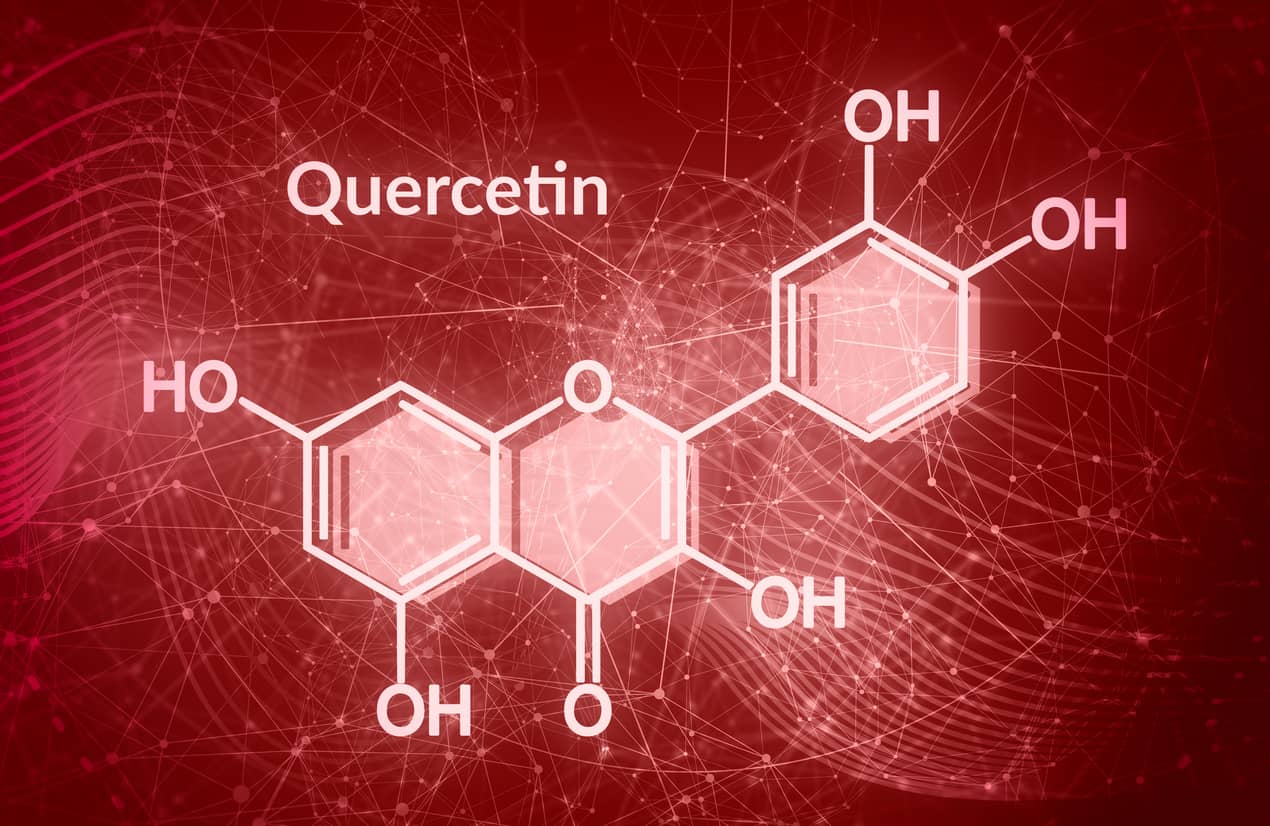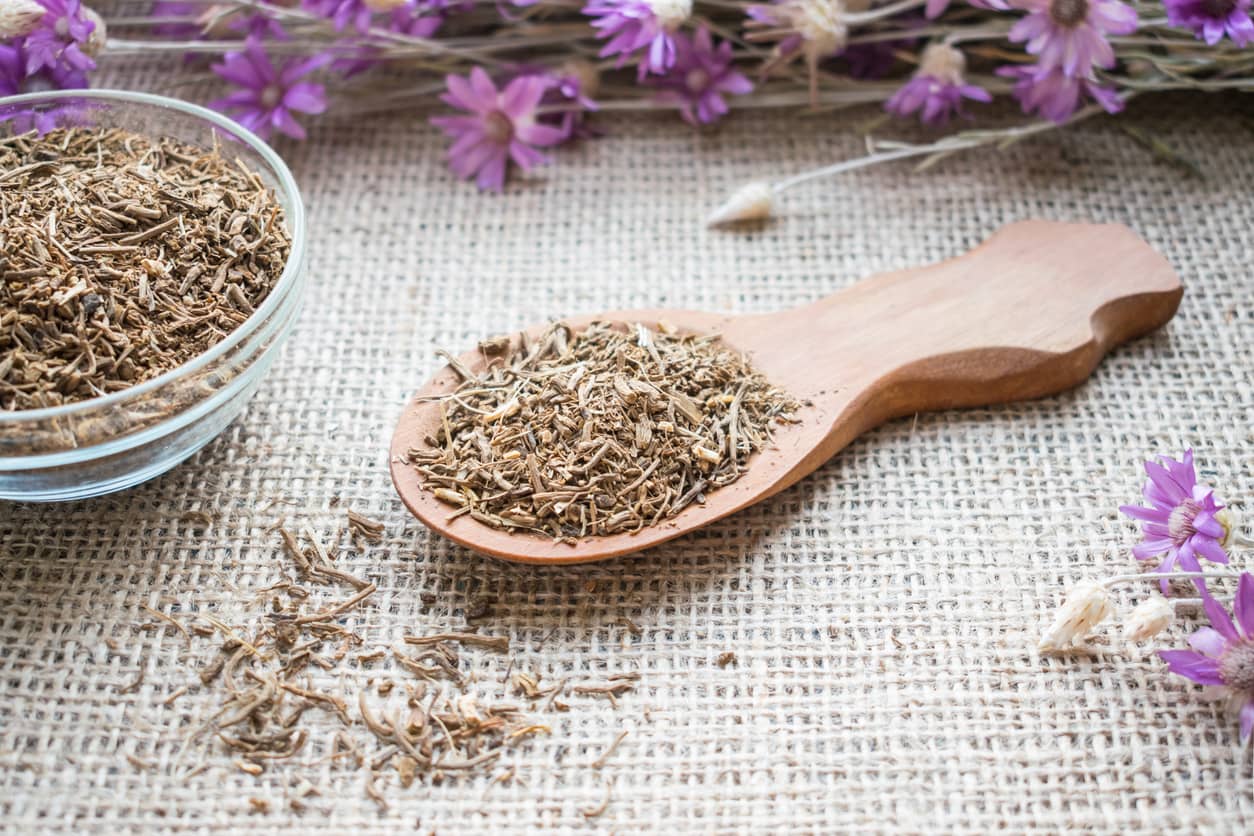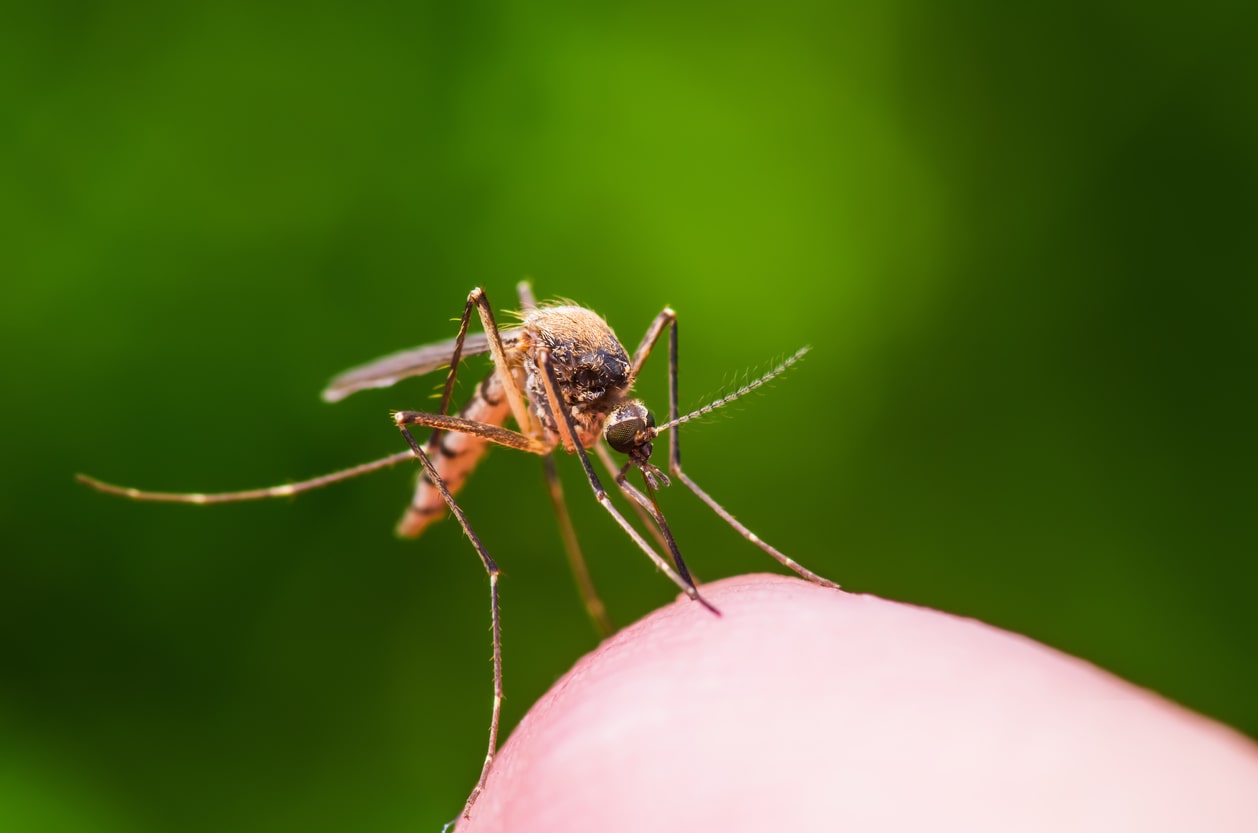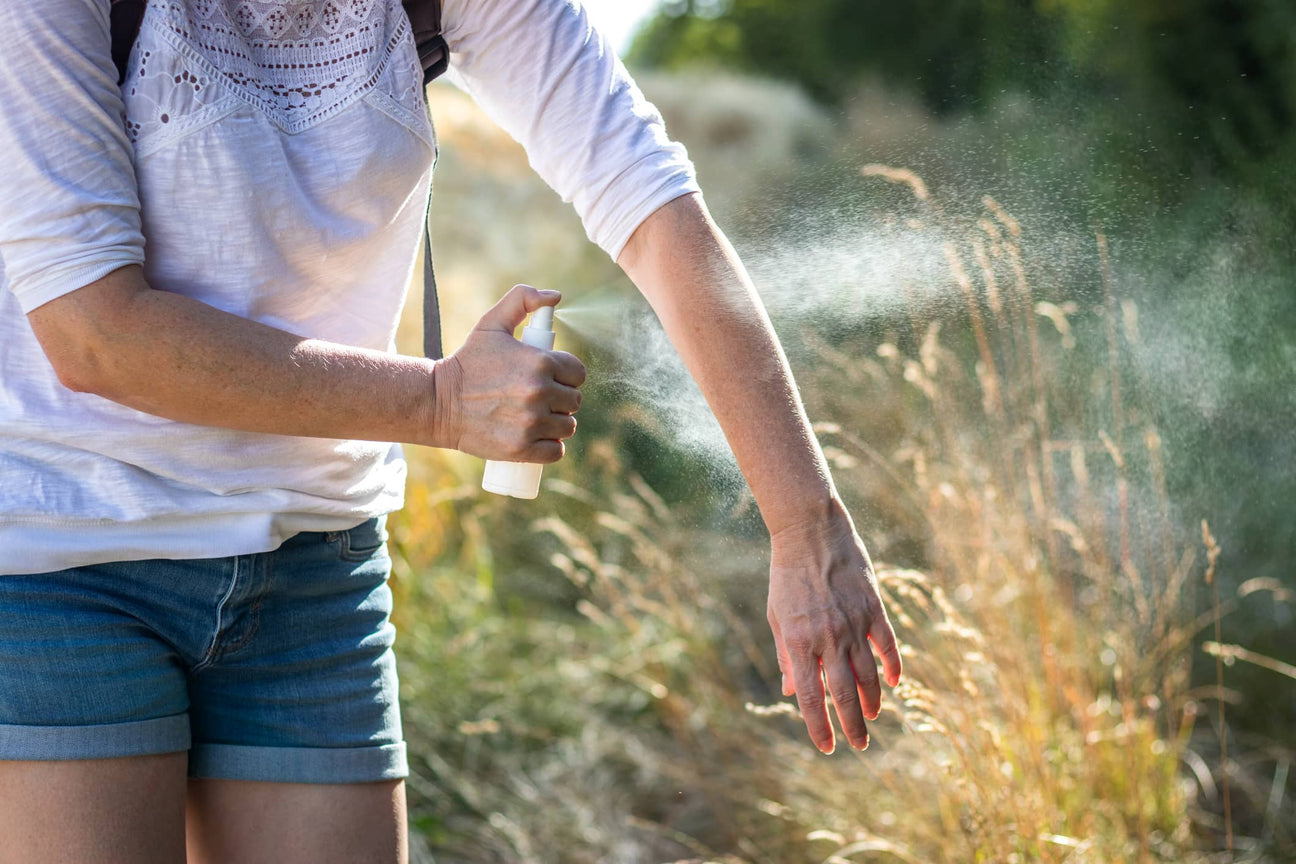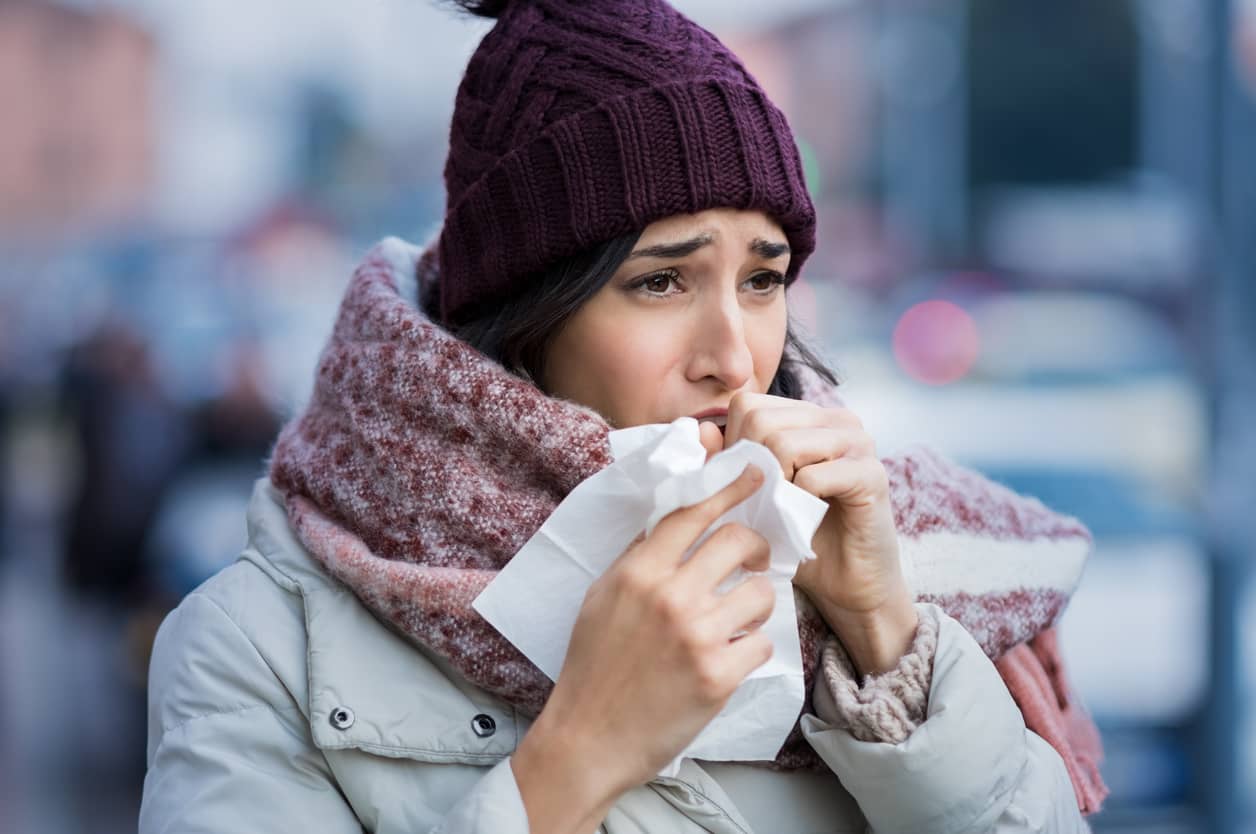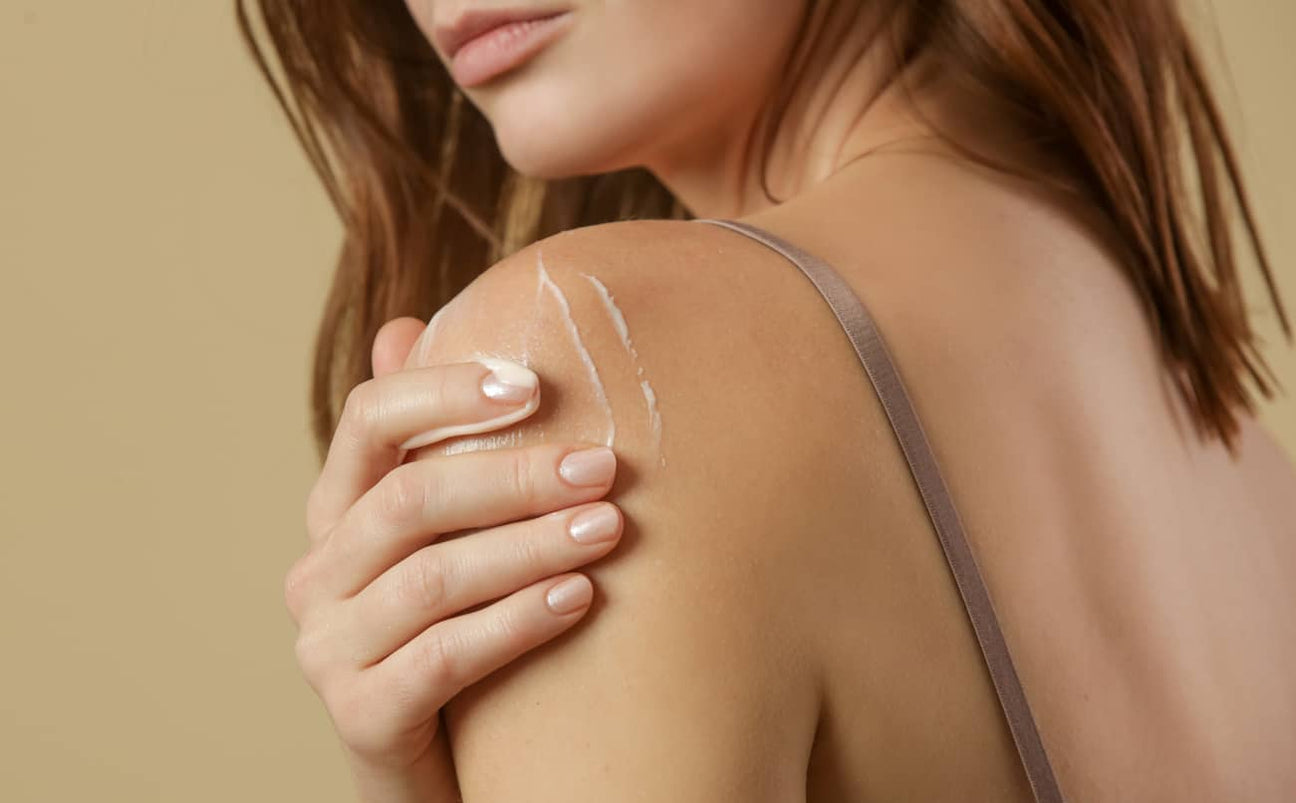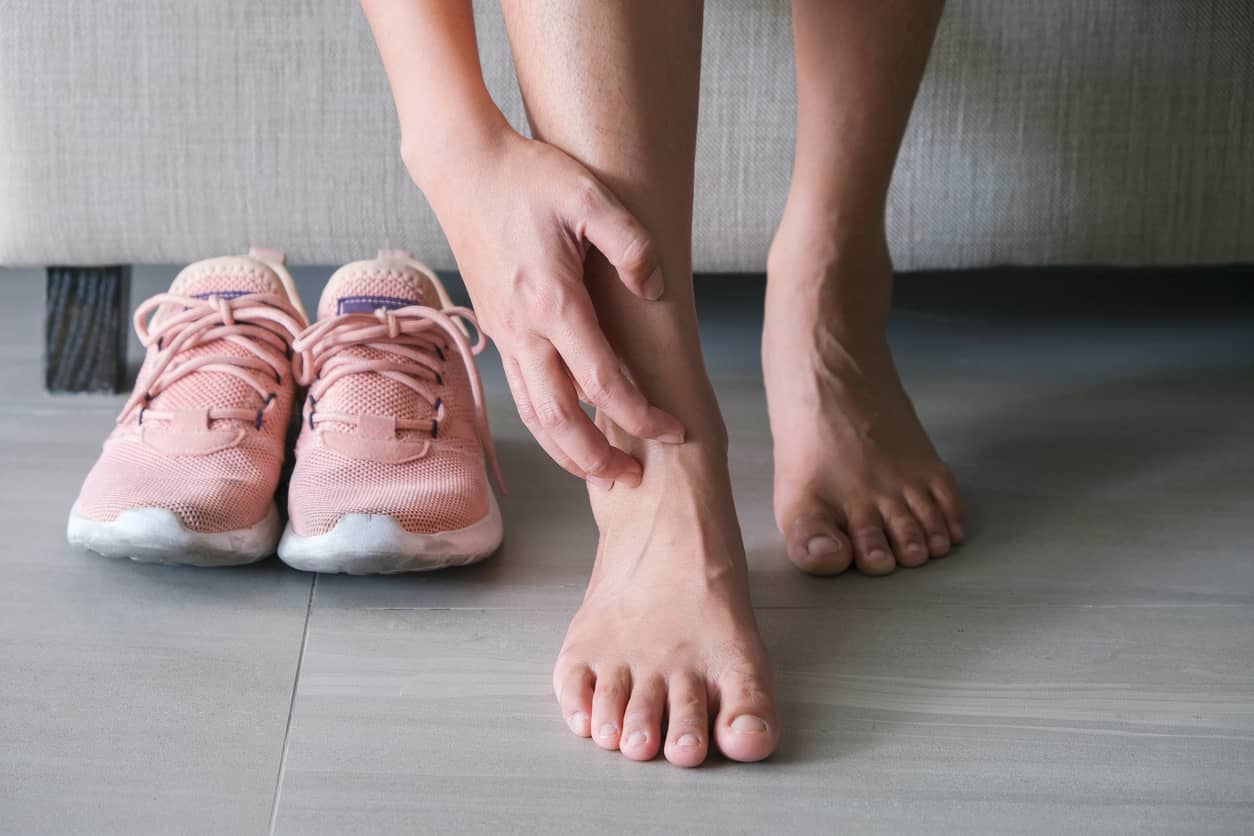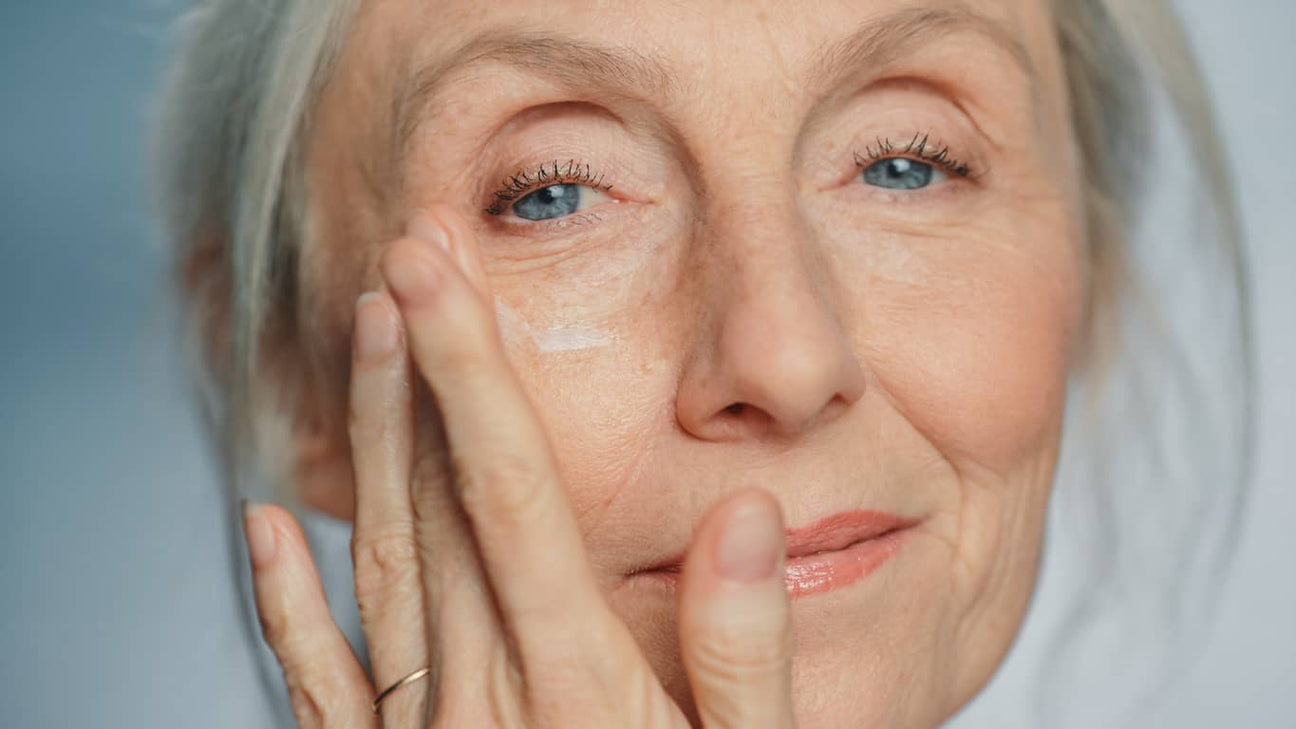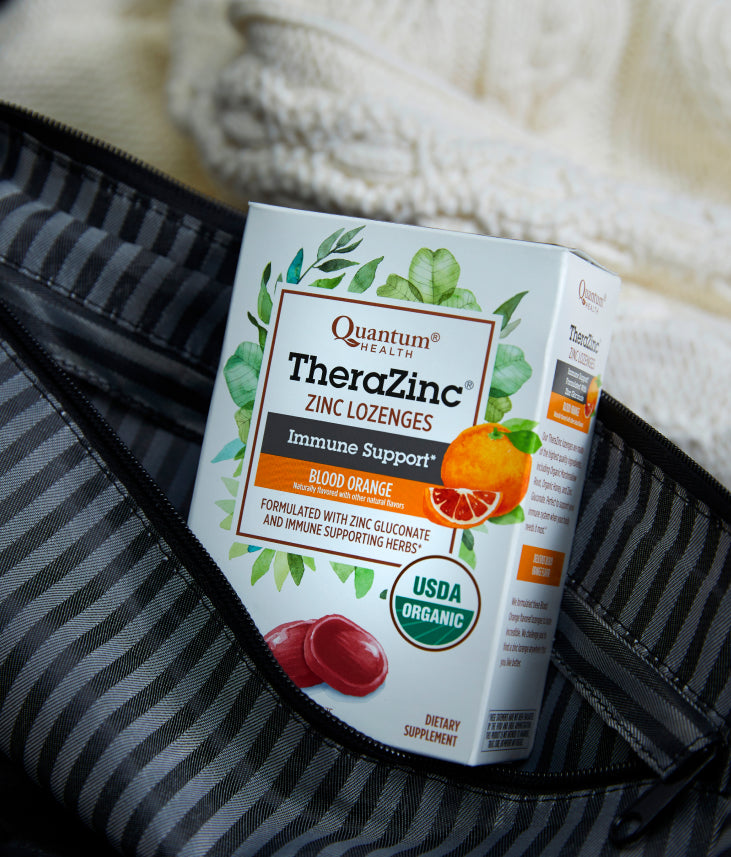How to Relieve Dry, Cracked Skin
Ouch! How to Relieve Dry, Cracked Skin
Dry, cracked skin looks bad and feels worse. Cold, dry air exacerbates the problem - dry, flaky skin appears on the heels, elbows, fingers or toes. This dry skin can become cracked - even severely cracked when "fissures" develop. The good news: new treatments are now healing and softening cracked skin, safely and naturally.
What Causes Cracked Skin?
Anyone can develop hardened, cracked skin, especially in the winter. Diabetics often have severely cracked skin. It is estimated that 17 million Americans have either type 1 or type 2 diabetes, and almost 6 million people have the disease but have not been diagnosed.
Nobody knows exactly why diabetics are prone to skin cracks, but the problem appears to involve the nervous system. Nerves in the legs and feet do not get the message to keep the skin soft and moist. Once the skin dries out and cracks appear, high blood glucose levels allow bacteria to thrive, making the problem worse.
However, non-diabetics suffer from dry, cracked skin, too. Other factors that can be involved include:
- Prolonged standing, especially on hard floors.
- Obesity or being overweight (this increases the pressure on the normal fat pad under the heel, causing it to expand sideways - if the skin is not supple and flexible, the pressures to 'crack' are high).
- Open backs on shoes (this causes the pad under the heel to expand sideways and 'crack').
- Medical conditions (neuropathy in diabetics limits sweating; an under active thyroid lowers the body's metabolic rate and there is a reduction in sweating, leading to a dryness of the skin).
- Skin conditions (psoriasis and eczema).
Dry, Cracked Skin Treatment Options
In the past, expensive prescription drugs (becaplermin, at $200+ a tube) and common sense hygiene represented the best treatment options for cracked skin. Diabetics, of course, also use insulin injections to regulate blood sugar levels. Some common-sense hygiene suggestions include:
- Soak cracked skin in tepid water for five minutes.
- Avoid washing with hot water, and avoid strong soaps.
- Cover up. If you are prone to cracked skin on your hands, use rubber gloves while doing the dishes.
- Drink lots of fluids.
- Pamper your feet - wear sports shoes, especially broad-fitting, or those designed for walking. Wear clean, well-fitting, cotton or wool socks.
- Maintain a healthy body weight.
In addition to hygiene, some podiatrists actually recommend gluing the cracks shut with super glue. The glue dries in seconds, and acts like a cast, holding the skin in place while it heals.
Nourish the Skin
New skin crack treatments combine a variety of natural, nourishing herbs and vitamins to prevent and heal cracked skin. Oils, like almond oil and sunflower oil, are included in many of the new treatments. Almond oil is rich in minerals and Vitamin A, and is naturally protective and moisturizing. It also contains glucosides, minerals, vitamins and proteins that help relieve inflammation, dryness and itching.
Sunflower oil, Bay oil, Coconut oil and Cocoa Butter are some of the other natural substances gaining popularity for cracked skin. They’re rich in nutrients, and help moisturize and protect the skin.
In addition, amino acids like l-lysine have been shown to stimulate skin growth and healing. "Our Herb + Nutrient Skin Crack Cream has been very well received," says David Shaw, of Quantum Health. "With diabetes at epidemic levels, consumers are looking for solutions - and they’re delighted with this product."
See Your Doctor
Skin ulcers and deep cracks that penetrate into the skin can be dangerous. The inside of dangerous skin ulcers often looks white. Especially in the case of diabetics, untreated ulcers can have lead to gangrene and even amputation. Deep skin cracks and ulcers may require surgery, or treatment with prescription anti-biotics. Anyone with deep, ulcerous skin cracks should consult a physician.
Share
Your share can inspire countless others.






















